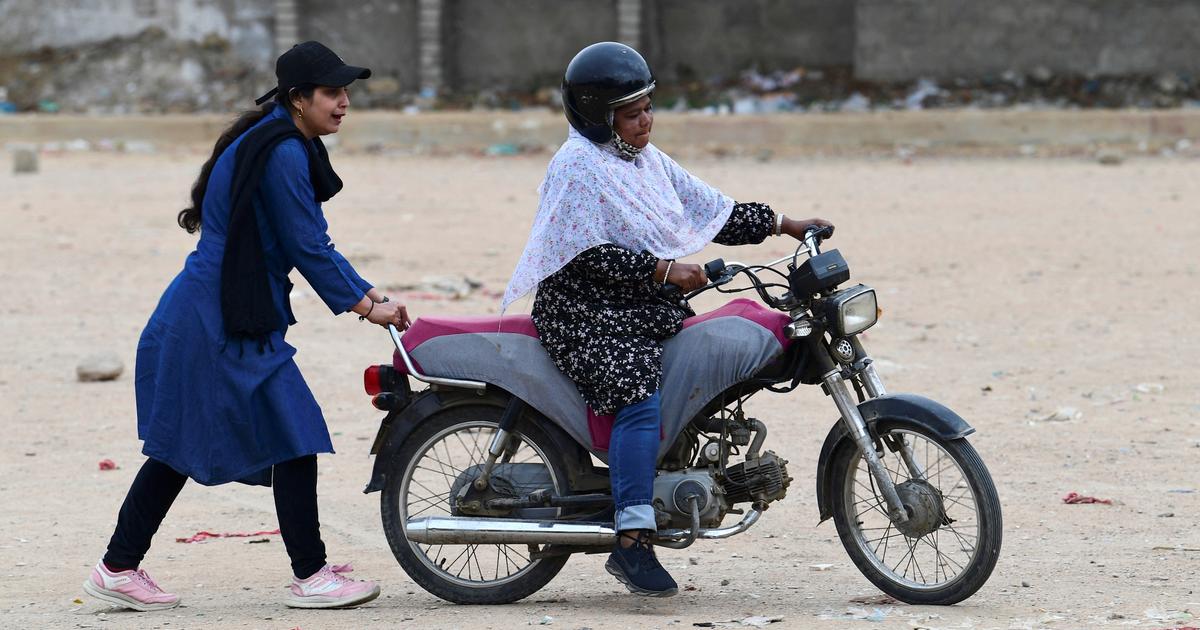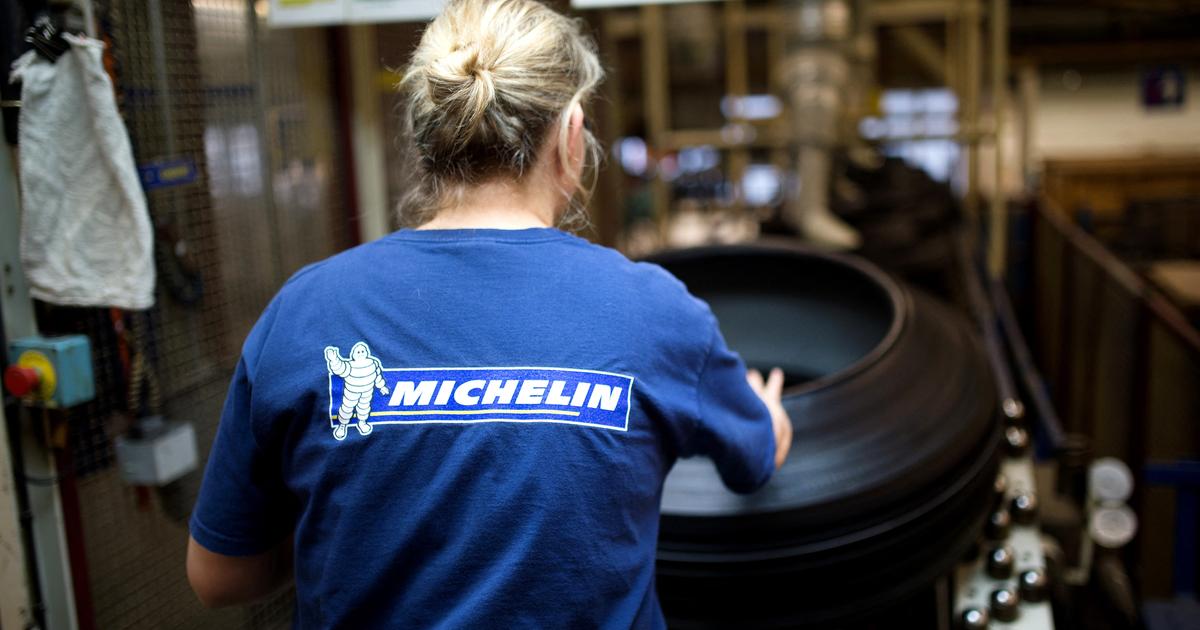In April, in order not to be poor in the City of Buenos Aires, a typical family needed income of $ 119,742. But in order to be middle class he had to have earned a minimum of $ 320,278.95.
This value is 8.9% higher than in March and does not include the payment of rent, which does not fall below $ 80,000 per month for a family in the Capital. The Buenos Aires statistics institute takes as a parameter a 35-year-old female and male couple, both economically active and homeowners, with two male children aged 9 and 6.
Between not being poor and reaching the middle class, there are two more "layers" of income, all fighting day to day: a little above poverty, there are families that earn between $ 208,568 and $ 256,223, and represent the "vulnerable non-poor" sector, that is, they are very close to passing the limit that keeps them separated from poverty.
And, above this group, but not yet middle class, are households in the "fragile middle sector", with incomes between $ 256,223 and $ 320,278.
The middle class is made up of a group of families with a salary range ranging from $ 302,278 to 1,024,892.63.
With inflation that liquefies the value of the peso, and to be of the segment of the "affluent" class, which has the highest income in the City, you have to have a "millionaire" income of more than $ 1,024,892, that is, US $ 2,356 to the MEP dollar.
At the other end, a family is destitute when it has an income below $119,742 ($275).
Climb at full speed
In the first 4 months of this year, the basic basket of Buenos Aires indigence – equivalent to the inflation of the poorest sectors – rose 43.6%.
Due to the skyrocketing price of meat, milk and dairy products, vegetables and fruits, in April the prices of basic foods increased by 11.04% versus an average inflation of 7.8%, in the City of Buenos Aires.
In both cases they mark an acceleration since in March basic foods had increased by 9.83% versus an average inflation of 7.1%.
The main impulses in food came from meats and derivatives (11.5%) and vegetables, tubers and legumes (19.9%), milk, dairy products and eggs (10.8%) and bread and cereals (8.5%) according to data from the Directorate of Statistics and Censuses of the City of Buenos Aires.
For its part, in 12 months, all food items accumulate a triple-digit increase.
On average, the increases are 129.53%, which is broken down into: Bread and cereals with an increase of 104.8%; Meat and derivatives 111.5%; Fish 120.5%; Milk, dairy products and eggs 120.6%; Oils, butters and other fats 132.1%; Fruits 171.7%; Vegetables, tubers and legumes 160.0%; Sugar 110%, Non-alcoholic beverages 109.6% and other foods 105.6%.
NE
With these values, the indigence line increased in 12 months by 129.5% (from $ 52,169 to $ 119,742) and poverty 118.9% (from $ 95,268 to $ 208,569).
The 9.83% increase in staple food prices marks a sharp acceleration. In November it was 3.8%. In December 5.1%. In January 7.75%, in February 9.29%, in March 9.83% and in April 11%. And the May measurement is also expected to show high percentages because increases in the prices of fruits and vegetables, dairy products and soft drinks continued, among others.
As a result, the rise in prices hit low-income families hardest, who spend 100% of their meager incomes on food.
These values explain why indigence continues to grow because, although there were higher levels of employment, precarious jobs are concentrated in the informal sectors, with lower incomes and also because the wage increases of formal workers were lower than inflation.
In the City of Buenos Aires in the fourth quarter of 2022, poverty was 16.9% of households (228,000 families) and 22.1% of people (680,000).
Indigence reached 5.4% of households (73,000) and 7.7% of people (237,000), according to the report of the Directorate of Statistics and Censuses of the CABA. The measurement of the first quarter 2023 will be known on June 22.
See also













